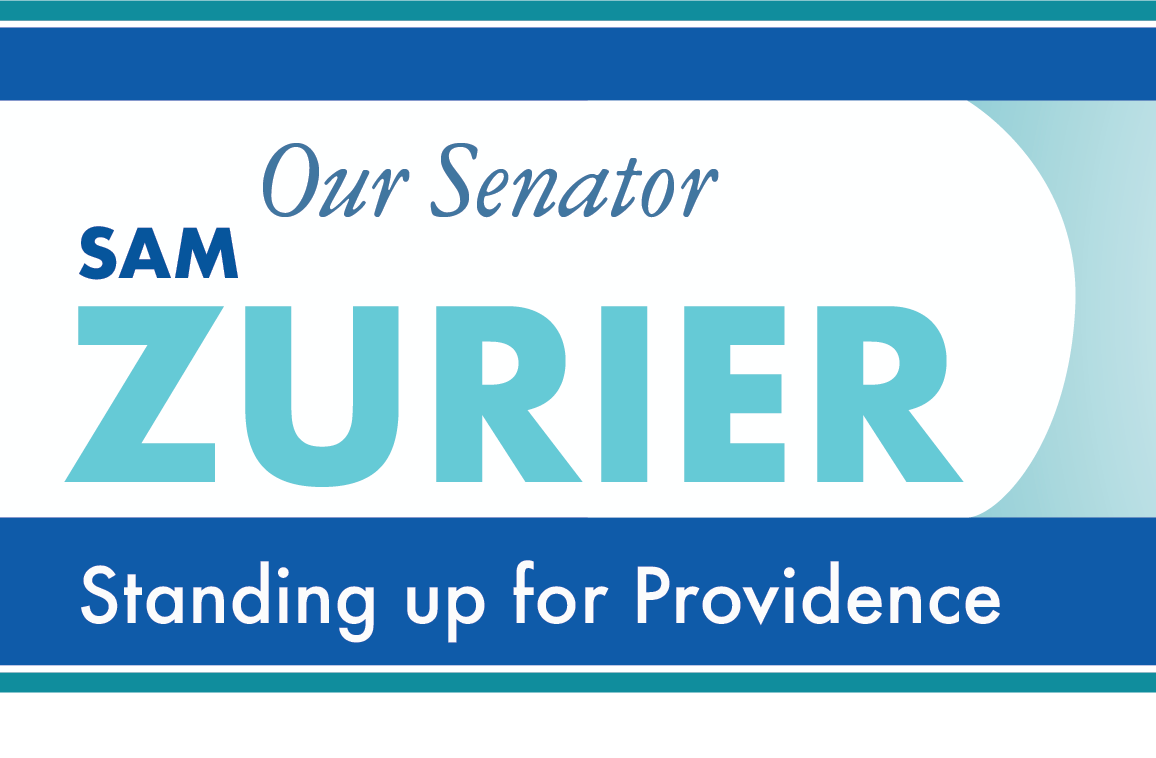I hope you had the chance to observe Black History Month, perhaps taking the Providence Walking Tour which I recommend. In this week’s letter, I will discuss how a draft report from RIDOT’s consultant changes my tentative understanding of the past, present and future of the Washington Bridge.
1. The VN Report
a. The Role of the Tie-Down “Pins”
On February 21, RIDOT’s consultant VN submitted a Draft Report concerning the current condition of the northern span of the Washington Bridge and remediation options. As noted in a Providence Journal article, the draft report can be read to view the broken tie-down rods (or “pins”) as a symptom of more significant structural vulnerabilities which overwhelmed the capacity of the “pins” to hold the bridge together.
b. Broader Structural Weaknesses
The Report details structural flaws, not only along Span 7, but also throughout the entire length of the bridge. In my untrained reading, the report focuses on a key component in the bridge’s understructure supporting the road deck above it. That understructure consists of a series of concrete “beams” that straddle the piers anchored in the Seekonk riverbed. The concrete beams depend critically upon steel cables (or “tendons”) that run through the beams, and which are held in tension with fixed anchors at either end, resulting in what is called a “cantilever beam post-tensioning system.”
To my understanding, the VN Report finds significant deterioration of the steel components that hold the concrete beams in tension in Span 7, degrading of the “grout” that surrounds and protects the tendons within the beams, and degrading of the concrete in the beams themselves. While focused on Span 7, the VN Report finds signs of similar flaws in other locations on the bridge, which it attributes to water leaking through joints in the bridge “deck” (or road surface above the understructure). The VN Report concludes that the original plan to replace the broken tie-down “pins” is inadequate to address these pervasive flaws, and that efforts to repair these flaws within the bridge’s current structure present significant risks of failure.
2. Implications of the VN Report
VN submitted its Report on February 21, the same day that RIDOT announced its plans to add a third lane in each direction of the remaining (southern) span of the Washington Bridge. If RIDOT concludes (as I believe it will) that the northern span must be replaced, it changes my understanding of the past, present and future of the Washington Bridge in these ways:
a. The Past
At the Joint Oversight Committee’s first hearing, members asked questions concerning inspections of the tie-down “pins” whose failure was noted for the first time in December. I believe we were trying to determine whether RIDOT could have identified the need to repair and replace those pins earlier than it did, which could have saved the bridge from its immediate closure. The VN Report changes my understanding, because I read it to say that the pins’ failure was a symptom of larger problems that would have remained even if RIDOT had replaced the pins years ago.
If this is correct, my inquiry into the past changes from a focus on the pins to a broader question concerning RIDOT’s overall repair program design. In its 2019 BUILD Grant application, RIDOT noted some corroded steel components on the bridge, but outlined a repair project focused on the bridge’s “deck” rather than its understructure. At that time, RIDOT asserted that the proposed repairs could add 25 years to the bridge’s useful life, obviating the need for a “costly full replacement, a scope change which could more than double the cost of this project.” (emphasis in original.)
As a result, I would like to see future Joint Oversight Committee hearings explore the questions of (1) whether RIDOT could have taken steps during 2019-24 to shore up the bridge’s understructure to fulfill the project’s goal of adding 25 years to the bridge’s useful life, and/or (2) whether RIDOT’s better course would have been to plan for the bridge’s replacement in 2019, rather than incur the $30 million spent to date on a repair plan that was unlikely to succeed.
b. The Present
It now appears likely that the Washington Bridge will be limited to a single (southern) span for a period of months and possibly years. If this is correct, I would like the Joint Oversight Committee to investigate the impacts of this no longer “interim” change on, among other things, (1) traffic patterns that affect travel times and local road conditions and (2) local businesses.
c. The Future
RIDOT announced it will disclose its plans for the future of the Washington Bridge’s northern span in late February or early March. If (as I now expect) those plans will be to replace the bridge, the Joint Oversight Committee will need to learn answers to such questions as: (1) What lessons has RIDOT learned from the failure of the current bridge as it applies both to this bridge and others throughout the State? (2) What process will RIDOT employ to design and build the replacement? (3) How long will it take? (4) How much will it cost? and (5) How will it be paid for?
3. Conclusion
I am not an engineer, and my lay person’s perspective may be 100% off-base. Also, I have much to learn about the facts and circumstances here. I will continue my own study and obtain expert insight when and where I can. With that said, the VN Report has significantly changed my understanding of the past, present and future of the Washington Bridge. I will work with the Joint Oversight Committee to continue our investigation to support the State’s best possible response to this event.
